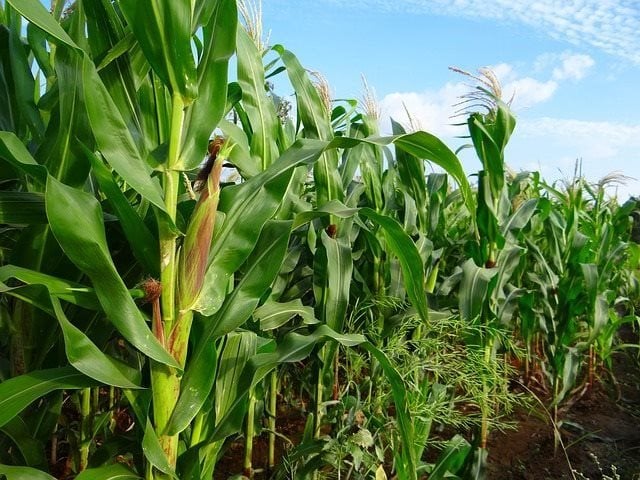At the start of the year, I expressed an optimistic view that SA's maize prices could begin to soften from about the end of February, as this is the time when more information about the expected sizeable domestic harvest would become available. A decline in commodity prices would be beneficial to the livestock industry, which has had to battle with higher feed prices over the past couple of months.
The prospect of a large crop was as much an SA story as it was a broader Southern African one. Hence, I believed demand for SA maize exports to the Southern Africa region could also soften in the 2021/2022 marketing year, thereby easing some pressure on domestic prices.
Zimbabwean farmers planted 1.4-million hectares of maize in the 2020/2021 season, roughly in line with the country’s 10-year average. However, the excellent weather conditions at the start of the 2020/2021 production season have been auspicious for a good harvest in the country. A potential increase in domestic production would be positive for Zimbabwe, which produced only 908,000 tonnes of maize in the 2019/2020 season, making the country a net importer of about 1-million tonnes of maize to meet its domestic needs.
Thus far, SA has been a significant maize supplier to Zimbabwe, and that added demand has in part contributed to higher SA maize prices. On January 21, SA’s white and yellow maize spot prices traded at R3,436 a tonne and R3,472 a tonne, up 14% and 20% year-on-year respectively.
My aforementioned optimism about the 2020/2021 production season was a significant contributor to my view that prices could soften from these elevated levels. Leaning on the historical data and weather outlook, I estimated SA’s 2020/2021 maize harvest at 16.5million tonnes (compared with 15.4-million in the 2019/2020 production season).
Zimbabwe, Mozambique, Eswatini and Namibia, among other Southern African maize importers, all started the 2020/2021 production season on a positive footing with prospects of slightly larger maize harvests.
But the events of the past few days present risks to this outlook. Cyclone Eloise has already caused devastation in Mozambique’s Sofala province and other regions. At the time of writing, the cyclone threatened to cause heavy floods in southern Zimbabwe, the northeastern parts of SA, Eswatini, Malawi and far eastern Botswana. The scale of the effect of the expected rains is yet to fully unfold.
Mozambique is one of the few Southern African countries prone to extremes of weather, ranging from droughts to floods. Tropical cyclone Eloise has hit Mozambique not long after cyclone Idai, which struck in March 2019 and devastated more than 700,000ha of agricultural land. While we are still assessing the full scale of Eloise’s devastation, an early assessment by
Mozambique’s National Institute for Disaster Management suggests there has been notable damage in some fields.
In Zimbabwe, Eswatini, Botswana and Malawi, I am unsure of the scale of the damage inflicted on crops. Nevertheless, I am beginning to foresee increased risks to my erstwhile optimistic view towards agricultural production in Southern Africa in the 2020/2021 production season.
For SA, I remain optimistic that the agricultural sector, primarily staple grains, will be largely unaffected. There have thus far been destructive winds, mainly in the eastern regions of KwaZulu-Natal, Mpumalanga and Limpopo. Horticultural fields in these areas could have been affected. The full story is yet to unfold.
Under a scenario of minimal damage to SA’s grain-producing regions, Southern Africa should have sufficient supplies from SA and Zambia. The estimated 16.5 million tonnes of maize for SA far outstrips the annual domestic consumption of 11.4 million tonnes, meaning there could be more than two-million tonnes of maize for the export market. Such a surplus could become necessary to augment the needs of cyclone-affected areas of Mozambique, Zimbabwe and Malawi.
This article first appeared on Business Day, 26 January 2021
Source: Agbiz































